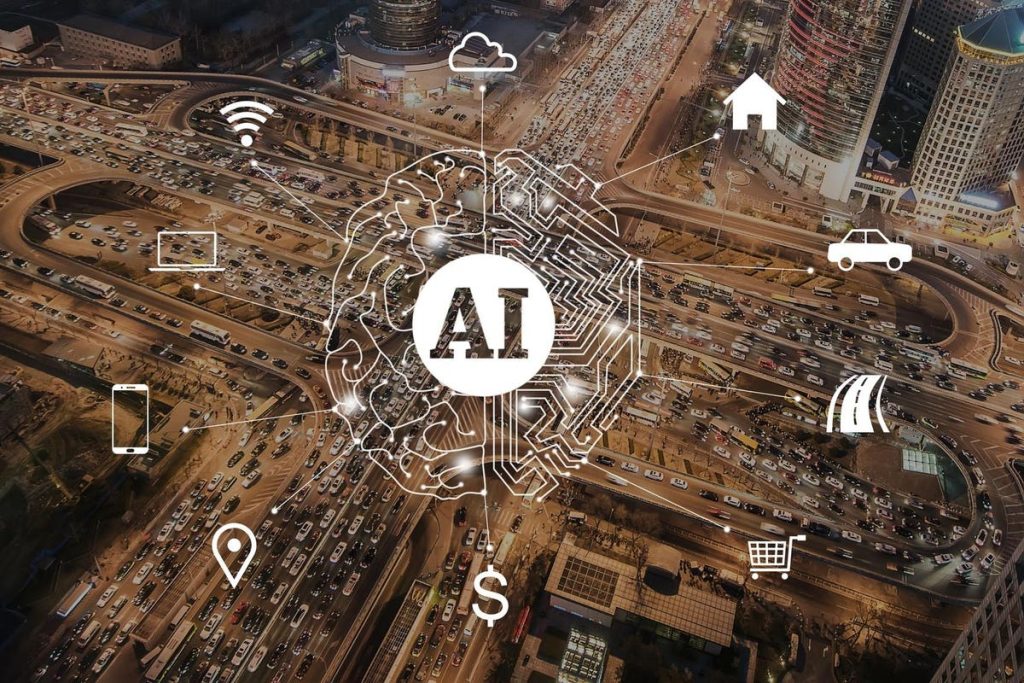Online higher education had been emerging even before the pandemic. But its popularity soared during the pandemic because there was no choice – go online or go uneducated. Now that in-class education is again possible, many are trying to understand the key differences between online and in-class education. Before regulations are formalized, policy makers may want to understand the impacts of two major innovations – one revolutionary and one evolutionary.
#1. Revolutionary Innovation: The Medium is the Message.
When Marshall McLuhan famously noted that the “medium is the message, he perceptively understood that the medium influences how the message will be understood and accepted. While McLuhan’s comment applied to the TV age as it was taking off, the dictum equally applies to in-class and online education. Since they are not the same medium – online education is a revolutionary innovation that allows new business models to compete against the old – the differences can have profound implications for the future of higher education.
As per McLuhan’s statement, the same message offered through different media will be perceived differently. The same course, the same content, the same professor – and still the message will be perceived differently. Students taking the same course without adjusting for the medium may experience varying levels of learning. Will they do better or worse?
Online Convenience has a Cost: Online is more convenient. But at what cost? Data from a major university shows the trade-off between convenience and quality. In classes for the same subject in 4 business school disciplines over the last 4 years, scores for instruction and job placement improved for in-class students and declined for online classes. This discrepancy is suggesting that online students may not be perceiving the benefits as much as in-class students.
4 Factors Multiplying the Media Differences: The new medium of online education may affect student outcomes. Some factors that may need to be better understood for their impact on student learning and performance, especially in the context of the new medium, include the following:
· Synchronous v. Asynchronous: The time-tested Socratic method of synchronous teaching has had a long history of success in traditional classrooms. Classroom discussions help students understand educational content and different perspectives, which can help in nearly all disciplines. Synchronous helps.
· Physically Present v. Absent: Active participation in the classroom can be crucial for students to grasp the nuances of the subject matter, evaluate their own views and perspectives, identify strengths and weaknesses, and seek clarifications through questions. Being physically present, even if it is online, can have a pivotal role in the process. This benefit may be compromised if attendance is not mandatory, or in asynchronous classes where real-time interaction may not be possible. Chat rooms can help, but are the benefits comparable for all students?
· Time and Cost Pressures to Graduate: Certain states and universities are pushing their students to graduate in 4 years, which may not be suitable for students juggling family, work, and education. These students may take on more classes than they can manage and/or shirk work, especially in online, asynchronous classes.
· First-Generation University Students: With more first-generation students attending college, there may be a prevailing notion that the goal is the degree – not the education. Consequently, many students may end up taking short cuts, which may be easier online.
Navigating the Revolutionary Potential of the New Medium: The challenge in every revolutionary innovation is to find the right strategy for the innovation, which takes time. It took about 7 years for PCs to take off and 11 years for cell phones to take off. Higher education can do better by understanding the nuances of the online revolutionary innovation, and finding the right strategy for this new medium in order to offer a higher quality education while enhancing the convenience.
#2. Evolutionary Innovation: Navigating the New Medium with AI
In addition to the impact of the new online medium, AI will add significantly more benefits and has the potential to further change education. AI can impact education by allowing students to get personalized tutoring at their own pace and with minimal cost. This impact is just starting.
MY TAKE: Legislators should be careful with what they legislate. Regulations that assume that the new medium is the same as the old may hinder the potential for excellence in online education, especially when the new revolutionary medium is still evolving. Educators should be allowed the freedom to evaluate evolutionary improvements in the new revolutionary technology to help students get a better education in the new medium. Policy makers need more insight into the new medium to avoid shackling educational innovations.
Read the full article here










